|
After a steady 30 mile ride I performed a light workout to help flush the legs and maintain mobility and stability for squating, etc. Then I ran on the treadmill at a casual pace, then a 100 meter swim on the VASA Erg. Then completed three more circuits. Check out the video.
0 Comments
Here is my first Beta Test of last evening's indoor High Performance Trainer Session for the upcoming series. This workout is most commonly known as Strength Endurance (SE) to anectodially: 1) as a form of on-the-bike resistance training that results in muscular hypertrophy and thus possibly increases maximal neuromuscular power, or 2) as a means of enhancing the recruitment of type II (fast twitch) motor units during prolonged bouts of exercise, thus improving their resistance to fatigue via increases in mitochondrial content, capillarization, etc.
Many coaches endorse this form of training for the above reasons. However, I do not. My reasons for SE is 1) to retrain the rider to be more efficient throughout the entire pedal stroke. and 2) help clients that are cycling-detrained (getting back into cycling) allowing them to get back to rididng without over stressing them anaerobically and neuro-muscularly. My workout consisted of riding on my road bike on the Kurt Kinetic Road Machine/Smart Trainer (https://kurtkinetic.com/products/kinetic-road-machine-smart/). The trainer measures power (not as accurate as an SRM, Power Beam, Power Tap, Stages, etc. but it is repeatable... so who cares if it is 10 or so watts off as long as it measure the same all the time right? Especially at a fraction of the cost.).... Here is a shameless plug for the upcoming High Performance Trainer Session... sign up for the 3 month class and get a hugh discount on one of these Smart Trainers. BACK TO THE WORKOUT. 1. Warmup 10 minutes... Average cadence 90 rpm, average power 170 watts 2. SE: 20 minutes at 70% of my warm up average cadence and 95% of warmup average power. 3. HCm (High Cadence moderate) Then 3 minutes at 130% of warmup cadence and 50% warmup power 85 watts. 4. Then 8 minutes easy cool down. With a few modifications this should be a great work out to get folks back in the groove:) Until next time... Happy Cycling, Greg "The Speed Doctor" (coined by one of my clients? 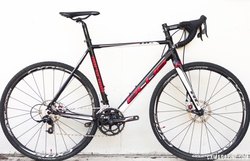 Although the squat work out was on the light side Thursday, Dec 11th my knees were still a bit on the tender side from the Pendlay and MDUSA Olympic lifting seminars so on Friday Dec 12th was an active recovery day. I just went for an easy 30 minute swim... and an easy 60 minute walk with my dogs. Since it is a bit cooler in the mornings now I am taking advantage of doing some thermogenisis training (TT) while walking. I am getting some interesting glances with only wearing a t shirt Saturday 13th: TT 45 minutes in the morning, then attended the Methodist University Graduation. Sunday 14th: TT 45 minutes in the morning, Olympic Lifting: Snatch, 8 sets of single reps up to 85% Clean & Jerk, 6 sets of singles up to 80% Front Squat, 4 sets of triples to 75% Then 30 minute swim with paddles Monday 15th: OFF Bike Fit Client and bike sales. Only one Blue Norcross AL remaining in stock on close out at $1,200.00 Size 53.5 cm... I seem to be making progress in getting deeper in the overhead squat/snatch. The Sots work and paleochairs are very helpful. As you notice from my previous post I looked very inefficient in getting under the bar. Now i am getting deeper and my knees are tracking over my feet. As well, my stance in more narrow. So I can feel glute engagement. Still I have a long way to go. But hey, this is only day 3 of mobility work.
Today, after working on mobility... Over Head Squat... 6 sets of 2 reps upto 70%. Front Squat... 5 sets of 3 upto 70 %. The Airdyne... 60 seconds all out, 2 minute recovery x 4. I have not posted on this blog for a while now.
But I have excuses. First, I have been working with my students on research projects. One study we found that 84% of the 29 college student/athletes are at high risk of obtaining a non-contact ACL Injury! Also, my future business partner Chris McNamara and myself are starting a new business titled Evolution Athletics. We will have a great deal of services and product to offer the community. We will provide Felt, Orbea, and many other bikes, have a performance lab, a crossfit facility, multiple weight lifting platforms, lots of turf for drills and sled work to name just a few things. The website address will be www.evolutionathleticsnc.com and our facebook page is: https://www.facebook.com/pages/Evolution-Athletics-NC/1382791755301018 With this new venture we had to find a location that will be four miles north of Southern Pines on Highway 1 on a two acre lot next to the Sandhills Pet Resort. Then we had to get an engineer to do all the designs to code, get permits, obtain a bank loan, receive contractor bids, even talk with people who wanted to be share holders. These activities have taken a great deal of our time. As well, we have preordered lots of equipment. I have 40 plus bikes in my studio and in Chris’ garage is loaded with weight lifting equipment and rubber mats. We are actually bursting at the seams:) Chris and myself also have been busy with continuing education actitivities. I completed the Westside Barbell Certification for Training Athletes and we just attended Pendlay Seminars (1&2). I have also been researching more effective methods in training endurance athletes. In as much, I have been studying low carb high fat performance nutrition strategies as well. I will touch more on this in a future blog post. My 2105 Goals 1. Improve Mobility 2. Compete in NC State Olympic Lifting Championships 3. Qualify for the American Masters Olympic Lifting Championships 4. Compete in a few triathlons 1. I realize I need to improve my mobility after attending the Pendlay Seminars. When I perform the snatch and over head squat my knees are not tracking over my knees. Just as my students found in their study with college athletes, I too have faulty movement patterns which can lead to knee injury. Although I have fairly decent mobility for cycling and triathlon events (curled up like a grub worm on the bike) I want to be as healthy as possible as I continue to get older. So before my workouts I am doing a great deal of work on Sots presses, sitting in a paleochair position, and squatting with various devices to better enable me to sit deep. 2. I want to get stronger to improve my testosterone levels. At one time my T levels were dangerously low (94!, normal range is 300 to 1100). The doctor prescribed gels and then injections, but I was concerned when my blood pressure began rising. So, now I have changed my diet (more later) and incorporated strength training. During this switch towards strength training, I have found olympic lifting to be a get challenge with many rewards. 3. I also hope that I will be reinvigorated in 2015 to participate in some triathlons. So here is my training so far for this week... ...Before every work out I perform a dynamic warmup (jumping jacks, arms circles, body squats, lunges, hip extensions, straight leg raises, pushups, torso rotations, and groiners), then Sots press work (with a band around waist across the sacrum and using kettlebells and pvc pipe) and paleo chairs. December 8th/ Monday Active Recovery: After returning from the Pendlay Seminars I went for an easy 30 minute swim and then a 15 minute whirlpool. Needless to say my legs and especially my knees were really trashed... due to my faulty movement patterns. 9th/ Tuesday, Pulling Day (knees still trashed): Hang Power Snatch upto 70%, 10 singles, Hang Power Clean upto 80%, 10 singles. All efforts were completed with 60 second recovery., Then Negative Pull Ups 5 sets of 5 reps...with TUT (time under tension). Then a short swim, 10 minute easy swim, then 4 x 100 yards with paddles. 10th/ Wednesday, Pushing day (knees still sore): Snatch Grip Push Press upto 70%, 10 singles, Push Press upto 80%, 10 singles, Then Snatch Grip Strick Press TUT (3 sets of 10 reps). 11th/ Thursday, Light Squat day.... I will let you know how it goes:) YOURS IN FUN AND FITNESS I sent out the following message to the members of the local tri club and I am opening up this clinic to others as well...
I have been approached by a few folks wanting help with basic but important mechanical issues they are concerned with during their upcoming big race. Firstly, I will cover how to deal with a flat tire... not the bull sh&t flat tire class you see in a club meeting, but how to deal with the situation step by step... from before you get off the bike to getting back on the bike during a race. Not only fixing or changing your tube, but fixing a slash in your tire. The second issue is a broken spoke. With aero forks and hidden brakes this is a concern. One pro racer at KONA DNF'D because his wheel was rubbing his brakes (2013). The third issue is a preventative maintenance check... checking, cables, chain, gears, etc. In 2012 a pro racer DNF'd Kone because his derailleur cable broke. I am hosting this clinic this Monday evening Aug 11 at 6PM at my studio. Please contact me if you are interested. I am often asked questions related to nutrition... fat burning versus carbs, pacing, etc. When clients ask me about feeling tired and is this possibly bonking.... I say it can be, but it can also be issues with hydration.
I will list a few items of interest.... 1. If an athlete is 2% dehydrated... their performance is also reduced.... by 11%! 2. Most rehydration drinks have sodium chloride as a primary electrolyte. Sodium chloride can create bloating and dehydration since water from the body (plasma) has to travel to the gut to dilute Sodium chloride for absortion. These types of drinks are best used as a preload the night prior or at least 3 hours before a long endurance or high intensity session. 3. The same absortion routine must take place for most refueling drinks because of the high concentration of carbohydrates in the drinks. Yes... water has to leave other areas of the body (plasma) to dilute carbs. So, if an athlete is close to being dehydrated they feel tired or bonky. They take in carbs and then get really dehydrated. Sound familiar? 4. Other sourses of sodium such as citrate and bicarbonate transfer into the blood stream without that bloating effect. A bonus to these types of electrolytes is they also have a lactate buffering effect. So what are we to do? Well you are in luck. Check out OSMO Nutrition: http://osmonutrition.com/.... then check out their science page: http://osmonutrition.com/science/ WOMEN!!!! Please check out the science. There is now a product that addresses your needs:) Then come to Velo Smart Performance Lab and pick up some product. Thanks to one of my bike fit clients (Allison Arpin) I learned about the great products offered by Red Shift Sports. Please check out their website (http://www.redshiftsports.com/) or come by the performance lab for a demo:) I bet you know more about the pressure in your bike tire than you know about your fuel efficiency.2/25/2014 How many calories of glycogen can you store in your body ... 1,800, 2,000, more, less? No matter how much you believe in "Carbo Loading" you can only store so many carbs. The rest is converted to fat. How many calories of fat is stored in your body? At 3% body fat... 10,000, 8% body fat... 15,000 to 20,000, more, less?
What is my point about carbs and fats? Well, I am getting requests from athletes for metabolic testing to determine their fuel efficiency. So, I want to share a bit of information about one client in particular. Actually there is nothing out of the ordinary about this client. He was concerned about his nutrition and was wondering if he was doing everything within his purview to meet his goals for the upcoming race season. This client is a multisport athlete training for an Ironman who came to see me for a VO2/VCO2, metabolic test in mid December. Before the test, I asked him a range of basic questions that he and I would analyze upon the results of the test. I asked my client what was his goal pace on the bike portion of the IM? The athlete said to average 17-18 mph. Then I wanted to know his heart rate at this goal pace and he informed me to be approximately 138-141 bpm. Then I performed the metabolic test for the client on his bike. After reviewing the metabolic test results, I found the client was using approximately 900 (906 actually) calories per hour at a heart rate of 140 bpm (18 mph). Also, his RER was .86 which meant the client was using 47% or 423 calories of stored fat and 53% or 477 calories of carbohydrate per hour at 140 bpm (18mph). From this information, it was easily determined that the client was a sugar burner and not a fat burner. Also, with the above information I was able to calculate my athlete's total energy demands just for the bike portion for the IM event. My client was going to be on the bike for approximately 6.5 hours at 18 mph (even longer if at 17 mph). This means he was going to burn a minimum of 3,100 calories of carbohydrate and 2,750 calories of body fat. My next question to my client was in regards to his nutrition just for the bike portion since no one consumes calories on the swim and not very many calories are consumed during the run. My client said, "I consume approximately 240 calories per hour of my energy supplement without having G.I. problems." This was a total of 1,560 calories to be consumed while on the bike. So my client was going to burn a minimum of 3,100 calories of carbohydrate and consume a total of 1,560 calories. Therefore during the bike event he was ending up with approximately 1,540 calories of stored carbohydrate. That is just for the bike portion. But, how many calories were going to be used for the swim, 500, 600, more? So it is easy to estimate that my client could run out of energy early during the run portion of the race based on my client's body type. My client's body fat percentage was approximately 10%. A conservative estimate of stored energy (less fat and more glycogen) for my client would be approximately 20,000 calories of body fat and 2,500 calories of carbohydrate stores. Okay, so what you ask? Well, since we have more fat stores it would be a good thing to use more fats and less carbs, right? Unfortunately most energy supplement companies would prefer you use more carbohydrates. It is commom to see athletes walking during the run portion of the IM. What can these athletes do? Slow down to conserve energy? Possibly. Eat more? Possibly. Eat more without GI problems? Not likely. Another option is to improve metabolic efficiency. There are three primary factors that impact metabolics. These are genetics, nutrition, and training. We cannot do anything about genetics, but we can certainly focus on our nutrition and training to be more efficient. NOTE: Below is a protocol I recommend for metaboilic efficiency during base training... not the race season. To learn more about these protocols check out Bob Seebohar's book. My advice for my client was to eat more foods with a lower glycemic index and train at lower intensity levels to tap into his fat stores, improve aerobic capacity, etc. While training, my client was only allowed to drink pure water for swim, bike, run, and cross training activities under three hours and high glycemic energy supplements were not allowed. Thirty to 45 minutes prior to training he would consume one serving of Generation UCAN. Also if the bike rides were longer that 3 hours the client could have one serving of UCAN every 90 minutes while riding at very low intensity levels in zone 1 and low zone 2. Since my client just completed a metabolic test he had his exact training zones established. After my client completed training he would take the UCAN recovery drink. To learn more about Generation UCAN check out Dr. Volek's white paper on Super Starch. After 6 weeks of following my suggestions I scheduled my client to come back for a follow up test. Typically, I see vast improvements within four weeks, but since the client was following this protocol over the Christmas holiday I wanted to extend the time for a retest. It made no sense in having the client not enjoy the holidays. The follow up test showed very good improvements for my client. First, his heart rate at goal pace to maintain 18 mph was lower by an average of 3 bpm from 138-141 bpm to 135-138 bpm, this was most likely due to the long and low intense rides. At the same goal pace of 18 mph my client's total calories were slightly higher at 916 calories utililized per hour. But his RER was lower at .82 (.86 previously). At an RER of .82 which identified the percent of cabohydrate used is 40% or 360 calories of carbs versus before my client was using 53% carbs or 477 calories of carbohydrate. His fat burning percentage was up from 46% (423 calories of fat) to 60% (540 fat calories). This is nearly a 20% improvement in metabolic efficiency. My primary point for this blog post is we have more available calories for energy from fat than we have from carbohydrates. My second point is most athletes can be more efficient in utilizing available fat stores for energy if they know. My third point is "Carbo Loading" is counter productive for most athletes. If you are interested in learning more about metabolic efficiency please contact me. As you can tell within the article I am pitching UCAN pretty heavily, so, I am offering a 15% discount on all online orders of Generation UCAN, so use the following link if you are not in the Southern Pines Area: http://www.generationucan.com/velosmart/ Oh, and my final point is tire pressure is important, but you should also know how much fuel you have in your tank. Check out the bike fit page for a short video on the benefits of gebioMized Saddle Pressure Analysis software. More information about this great technology in the days to come.
|
AuthorOver thirty years experience of making mistakes should count for something:) Archives
December 2015
Categories |

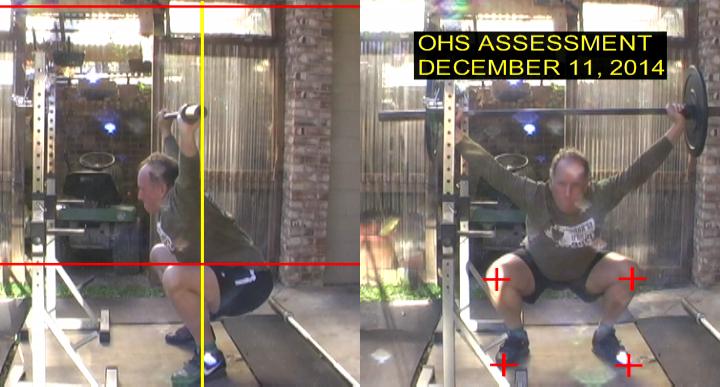
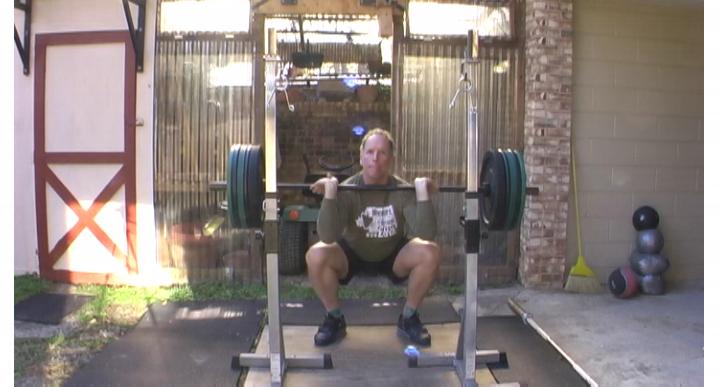
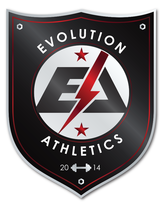
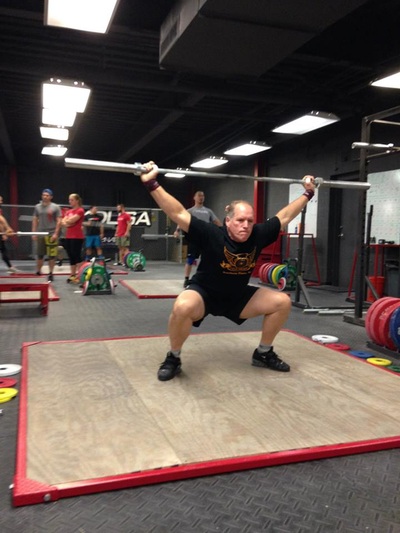
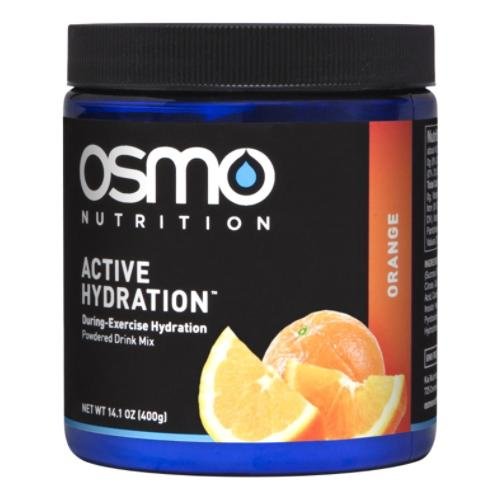

 RSS Feed
RSS Feed
